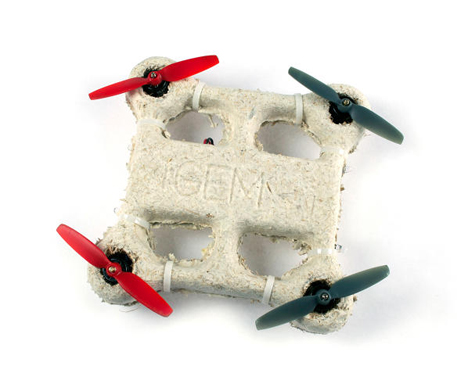
Drones are becoming a bigger part of our lives, and soon they’ll be able to do a lot of the dangerous stuff humans can’t (or shouldn’t) do. Soon, unmanned flying drones will map out uncharted territory, track forest fires, examine dangerous radioactive sites, and maybe even explore other planets.

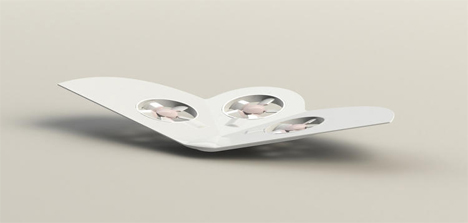
This bio-drone is made of almost all natural, biodegradable materials. Once it has carried out its mission, it will harmlessly biodegrade wherever it goes down. The vehicle gets to perform an important function without then leaving a harmful remainder behind.
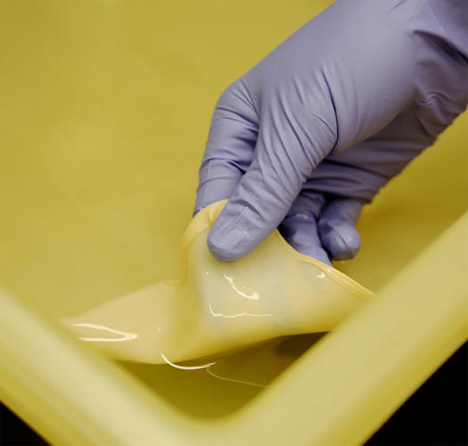

More importantly, the drone doesn’t have to return, so there will be no worrying about it bringing back dangerous materials. It won’t have to come back within a specific time period for re-charging, so it will be able to travel further and perform more work.
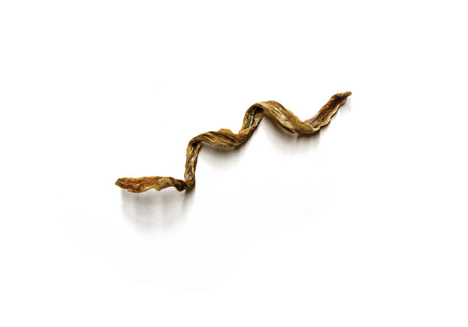
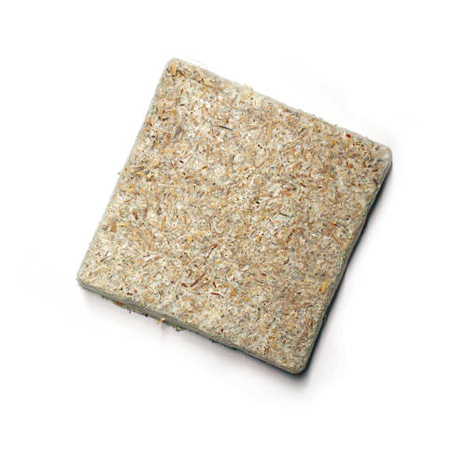
The drone was designed by a large team of students from Stanford, Brown, and Spelman along with Ecovative, a company developing items made from mycelium, a mushroom-related material (the vegetative part of a fungus). It is lightweight and can grow no matter where it is – even in space.
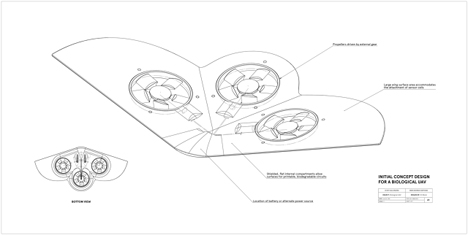
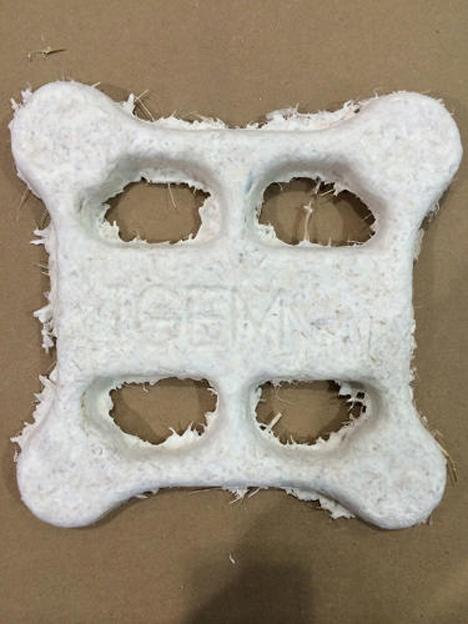
It wouldn’t biodegrade after landing on its own; rather, the material is coated with a special set of enzymes the trigger the drone to break down. The cue to start biodegrading can be programmed into the enzymes so that the drone only breaks down after a certain amount of time or after the drone crashes.

